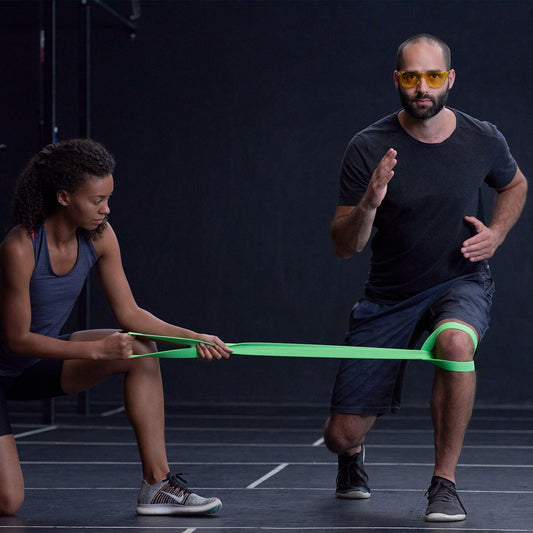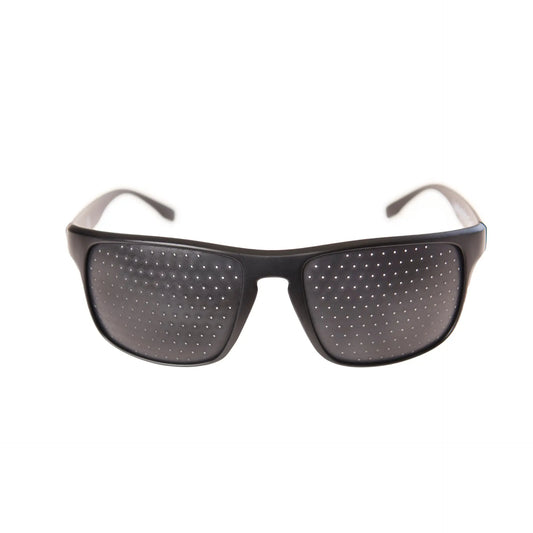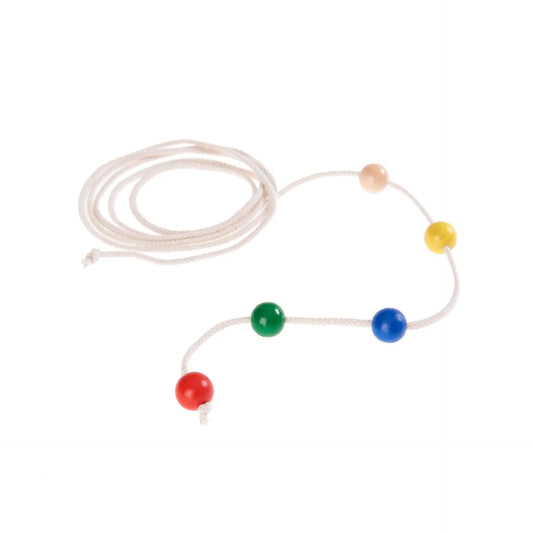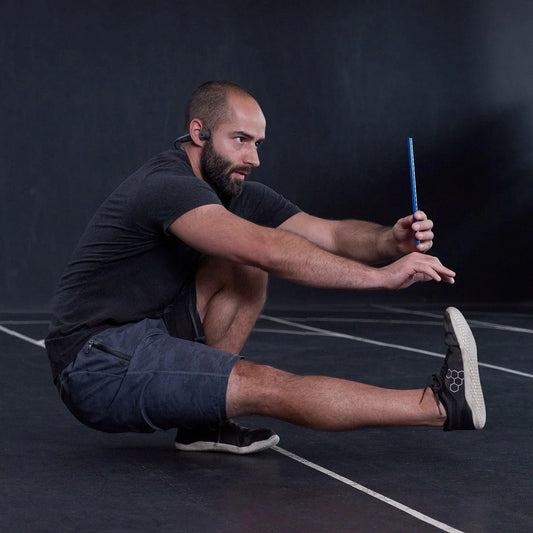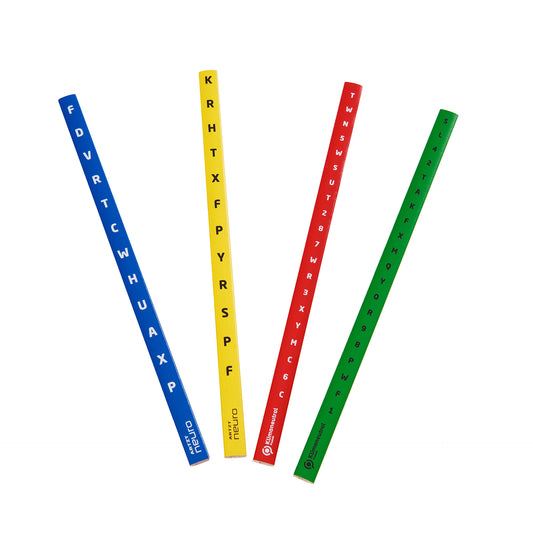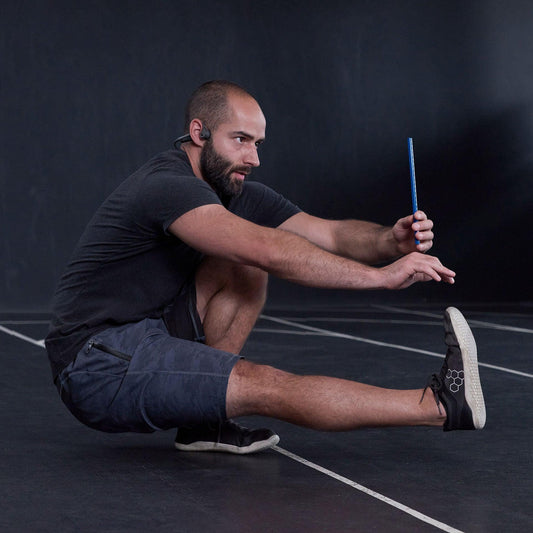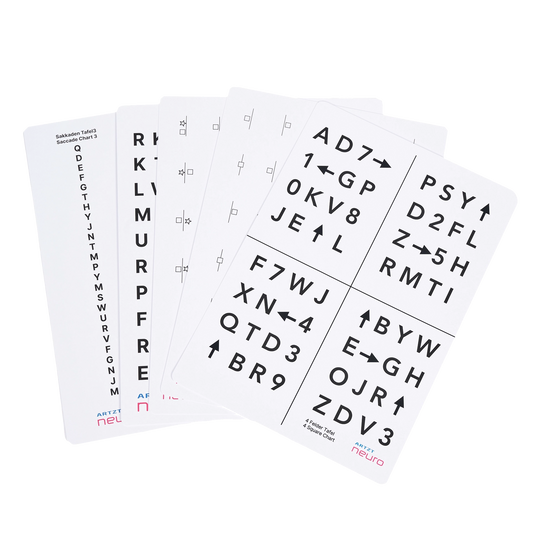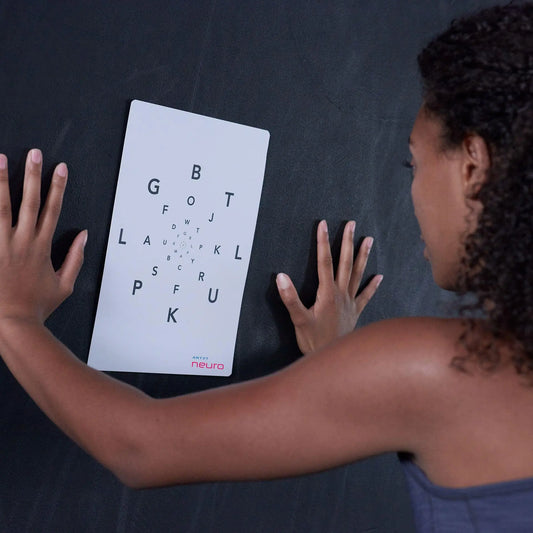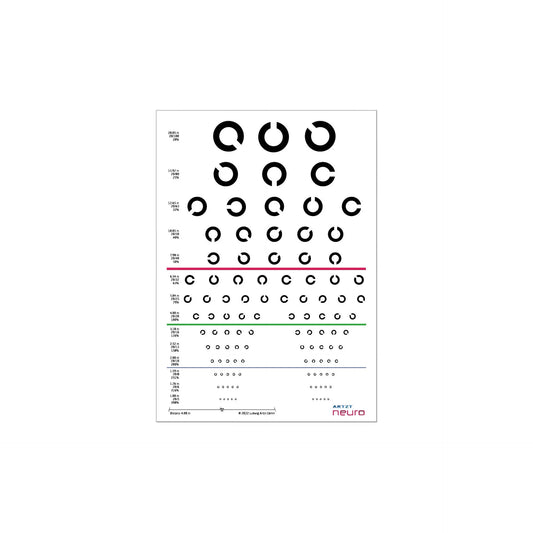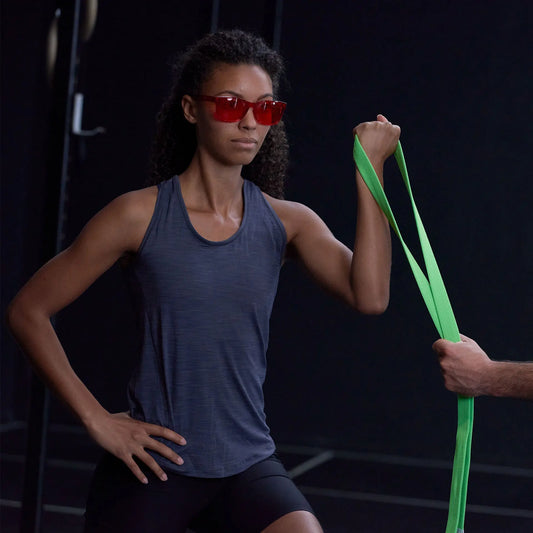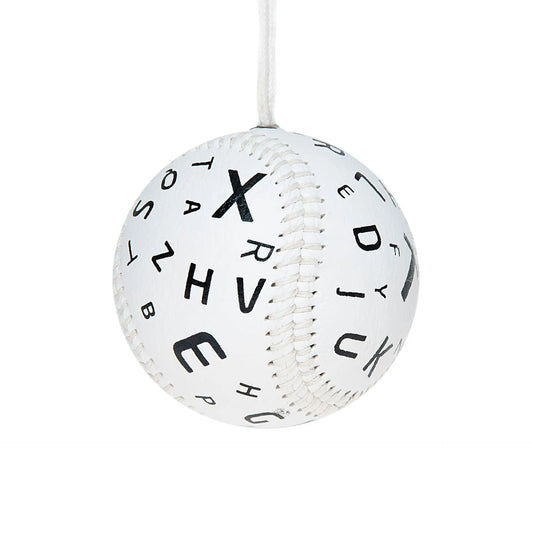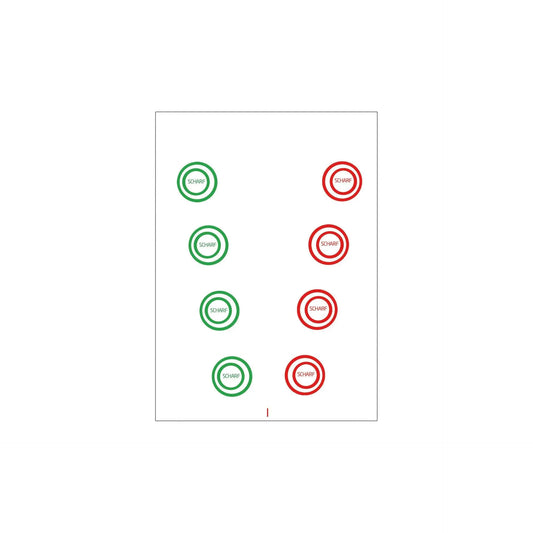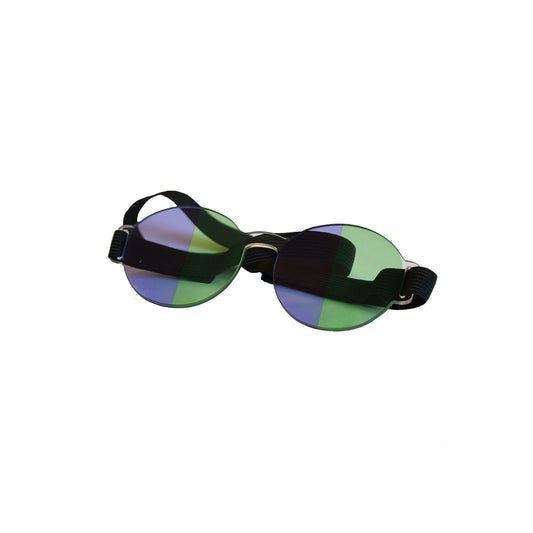
3 neuroathletic exercises for tennis elbow
You don't necessarily have to play tennis to suffer from the infamous tennis elbow. A lot of writing on the keyboard as well as with the pen or certain other (incorrect) strains on the arm can lead to the unpleasant pain. Three great exercises from neuroathletics, which neuroathletics specialist Kevin Grafen explains clearly in the video below, can help.
As always in neuroathletics, the first thing to do is to do a simple check to get an overview of the mobility of the relevant part of the body and the perception of pain. And then it can start.
Exercise 1: Nerve stretch
The first exercise is about stretching the long arm nerve. To do this, the stretched arm is stretched in various positions before the head is tilted in the opposite direction, thus providing even more stretching via the neck-shoulder axis. From this position, the nerve is mobilized by alternately lifting the shoulder. After 10 to 15 repetitions, feel how it feels
the arm feels.
Exercise 2: Mobilize your elbows
For exercise number 2 you need a Wave Solo fascia ball that vibrates at different levels. Anyone who suffers from tennis elbow often has problems with gripping, which is why Kevin recommends this exercise, in which the arm including the elbow is activated by a rotating movement with a firmly gripped, vibrating fascia ball. 10 repetitions in each direction already bring noticeable relief and relaxation.
Exercise 3: Scapula circles
Exercise 3 uses the Super Band, which you can use to mobilize your shoulder blade. Working the joints above and below the affected area will provide pain relief. To do this, the Super Band is placed around the upper back like a backpack, and the hands grip the loops. With your arm stretched on one side, you now work against the resistance and push your arm out of your shoulder forwards and back again. If that works well, raise and lower your shoulder blade with your arm stretched. Finally, both preliminary exercises are combined into a circular movement. There are again 10 to 15 repetitions on each side.
The three exercises challenge the brain on different levels and ensure that the "pain output" is reduced and mobility is increased.






